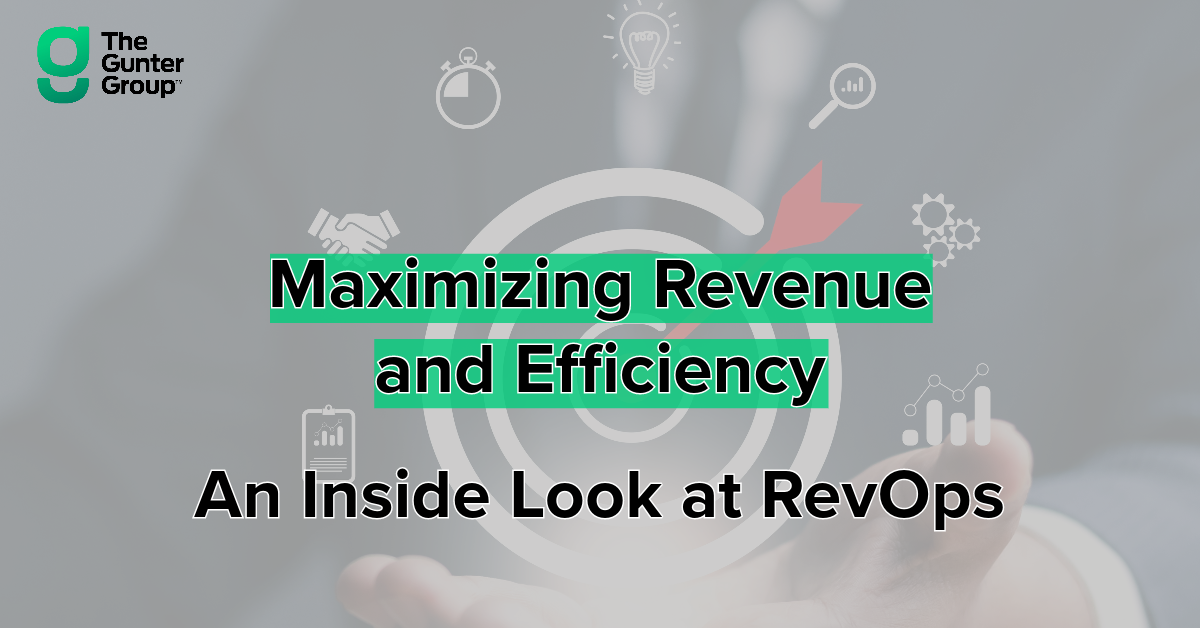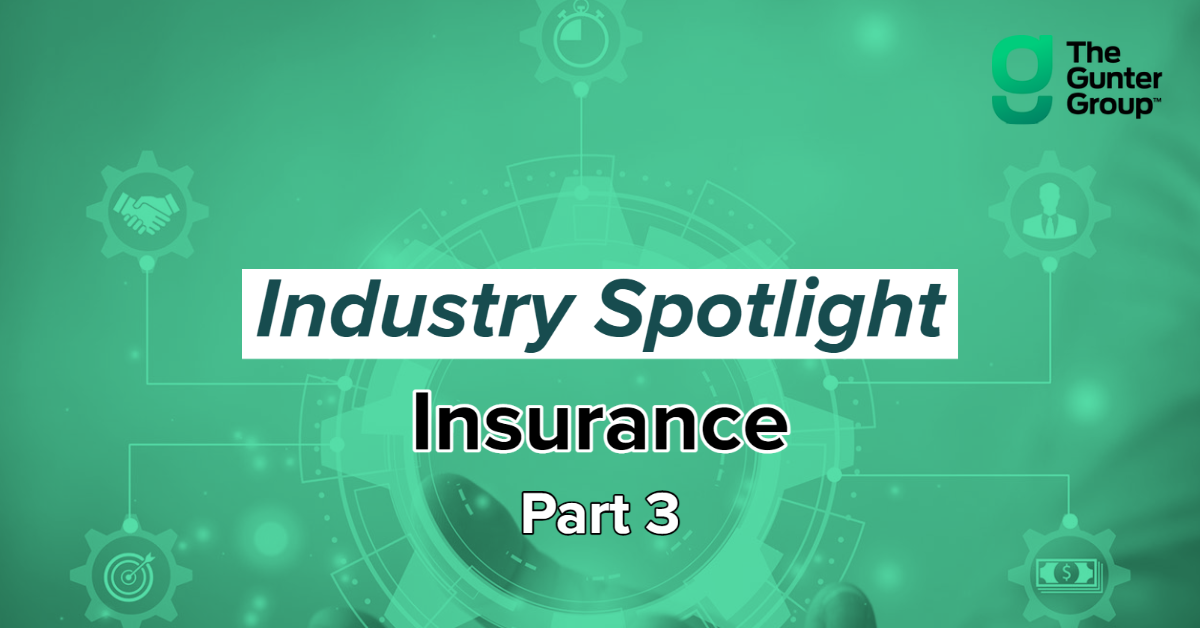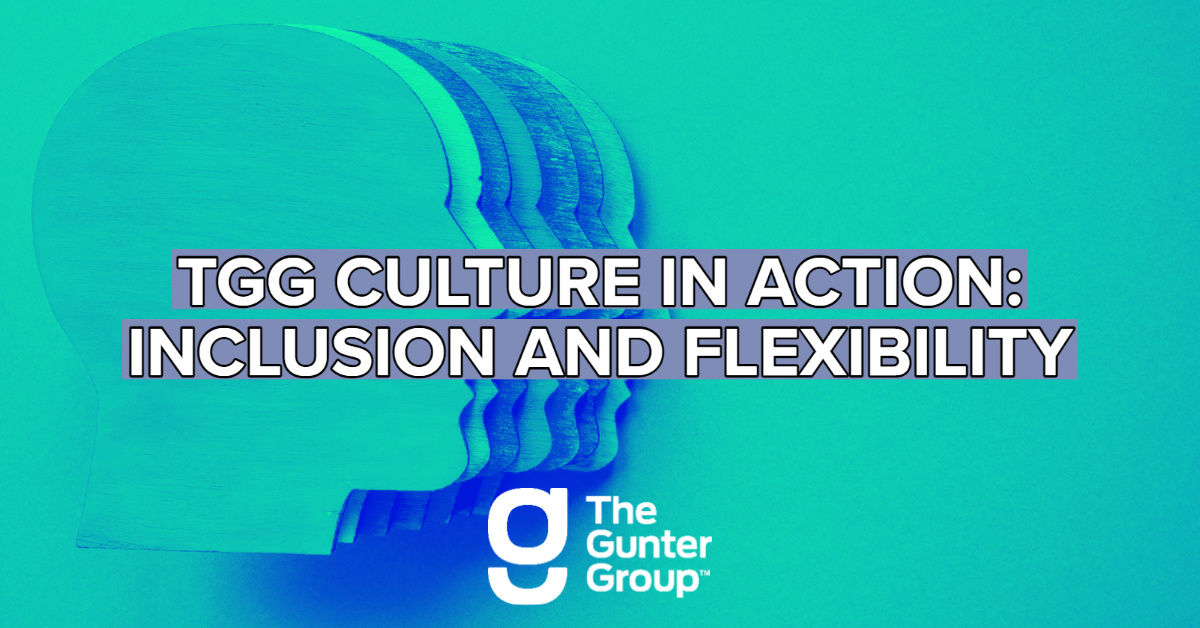In the ever-evolving digital landscape, businesses must embrace change and adapt to stay ahead of the competition. In this blog series, we will be focusing on one aspect of the digital transformation process that often gets overlooked yet is essential for business existence and success: Revenue Operations (RevOps).
Tag Archives: Consulting
VETERANS AT TGG:
SERVICE, SUPPORT, AND TRANSITION
A key pillar of our award winning team are veterans who served in our country’s military. Recently we sat down with three veterans and discussed their transition to consulting, what it was like wrapping up their military duties, and advice they have for others transitioning to the private sector.
INDUSTRY SPOTLIGHT –
PET CARE
Consultant Lindsey Santamaria discusses her engagement with a national pet care provider, supporting a large-scale Oracle re-implementation project.
TGG RECOGNIZED AS A BEST WORKPLACE BY INC. MAGAZINE
The Gunter Group has been named to Inc. Magazine’s 2023 list of Best Workplaces. The recognition marks the third consecutive year that The Gunter Group has been honored by Inc.
FROM OUR PARTNERS:
ANNOUNCING OUR NEWEST PRINCIPAL, PERIN WEHDE
We are excited to announce Perin Wehde as the newest Principal with The Gunter Group. Perin joins TGG with over 22 years of multinational consulting experience.
INDUSTRY SPOTLIGHT – EDUCATION
Senior Consultant Keith McCarthy shares the impact and details of his recent engagement with a national education and child care provider, supporting a customer experience and data structure initiative.
FROM OUR PARTNERS:
A DECADE OF SERVICE – JIM CALKO
We are excited to recognize Jim Calko for his 10 years of service with The Gunter Group and his promotion to Principal at TGG.
INDUSTRY SPOTLIGHT – INSURANCE (Part 3)
Decision Insights and Data Services Manager Ande Olson recently completed an engagement with a national insurance carrier supporting an actuarial transformation initiative. In the third part of our industry spotlight, Ande shares how the project came to life and the impact delivered.
TGG CULTURE IN ACTION:
INCLUSION AND FLEXBILITY
TGG Founding Partner Mike Gunter shares about TGG’s inclusive approach to holidays and the value of open conversations and teamwork.








